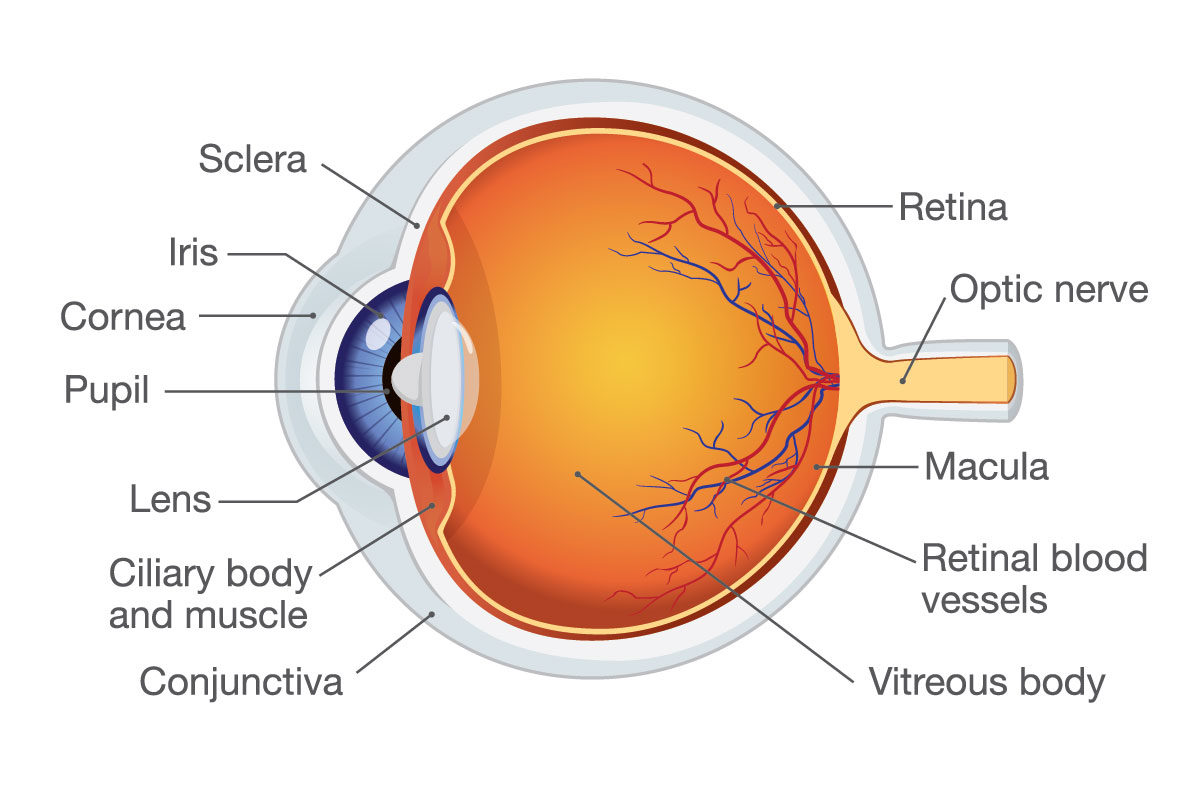Performed by a retinal surgeon, vitrectomy is a surgical procedure that carefully removes the vitreous gel that fills the posterior segment of the eye. This surgery is employed to correct a number of eye problems, including:
- Retinal detachments
- Blood in the vitreous that can occur with diabetes or trauma
- Macular holes
- Macular puckers
- Severe infections
- Removal of intraocular foreign bodies
Once the vitrectomy is complete, a gas bubble or silicone oil may be injected into the vitreous cavity to hold the retina in proper position until the eye heals.
What to Expect
Retina surgeons perform vitrectomies in an operating room, typically at an outpatient surgery center or in the hospital if needed. Numbing eye drops are placed in the eye first. Then IV sedation (most common) or general anesthesia is administered, depending on your specific condition. Throughout your procedure, the surgical team will monitor your vital signs, including heart rate and blood pressure. An eyelid speculum is used to ensure your eye remains open during the surgery.
During surgery, a small instrument is used to enter the sclera, the white of the eye, through a 1 mm incision. At this point, your retina surgeon will use tiny surgical tools to remove the vitreous gel and do one or more of the following things as needed:
- Remove scar tissue from the retina
- Reattach the retina
- Use a laser or cryotherapy to repair a torn retina
- Remove any object that should not be in the eye
- Place a gas or silicone oil bubble in the eye
Gas and silicone oil are support agents used inside the eye to keep the retina attached while permanent bonding occurs. A gas bubble is gradually absorbed over a period of several days to several weeks, depending on the specific gas used. Silicone oil may be necessary if longer support is required to allow the eye to heal. Silicone oil is often removed from the eye by a second surgical procedure once the retina is stable. However, with complicated retinal problems, the oil may be left in the eye permanently.
After Surgery
After surgery, your eye is patched and shielded to protect it. The post-surgical team will monitor you as you rest before you are released to go home. They will also provide you with instructions regarding post-operative care, including proper positioning of your head and eye if gas or silicone oil has been used. You will need someone to drive you home after the procedure.
In addition, if you have a gas bubble in your eye, you cannot travel by air until it is completely gone. Airplanes typically pressurize the cabin to 6,000 – 8,000 feet when cruising which will cause a gas bubble to expand and elevate intraocular pressure in the eye. This can result in severe eye pain and may lead to permanent loss of sight. However, if there is silicone oil in the eye, there are no flight limitations.
You may experience some temporary swelling, bruising or redness after vitrectomy surgery. You may also feel a mild sensation like there is something in your eye, but there is typically no significant pain after a vitrectomy. Severe complications are rare. Your retina specialist will discuss with you how long it may take before you can expect improved vision after your procedure.


